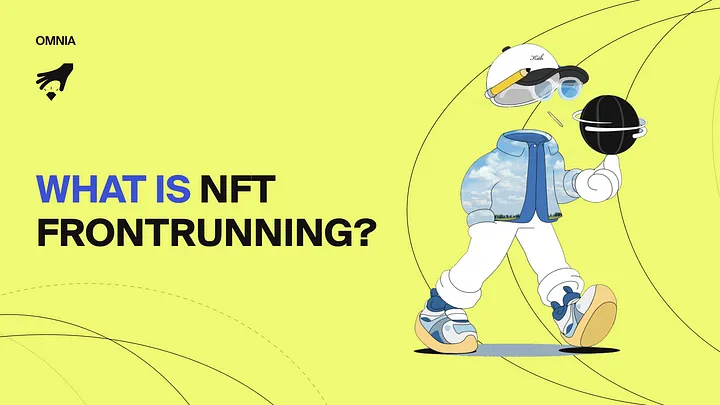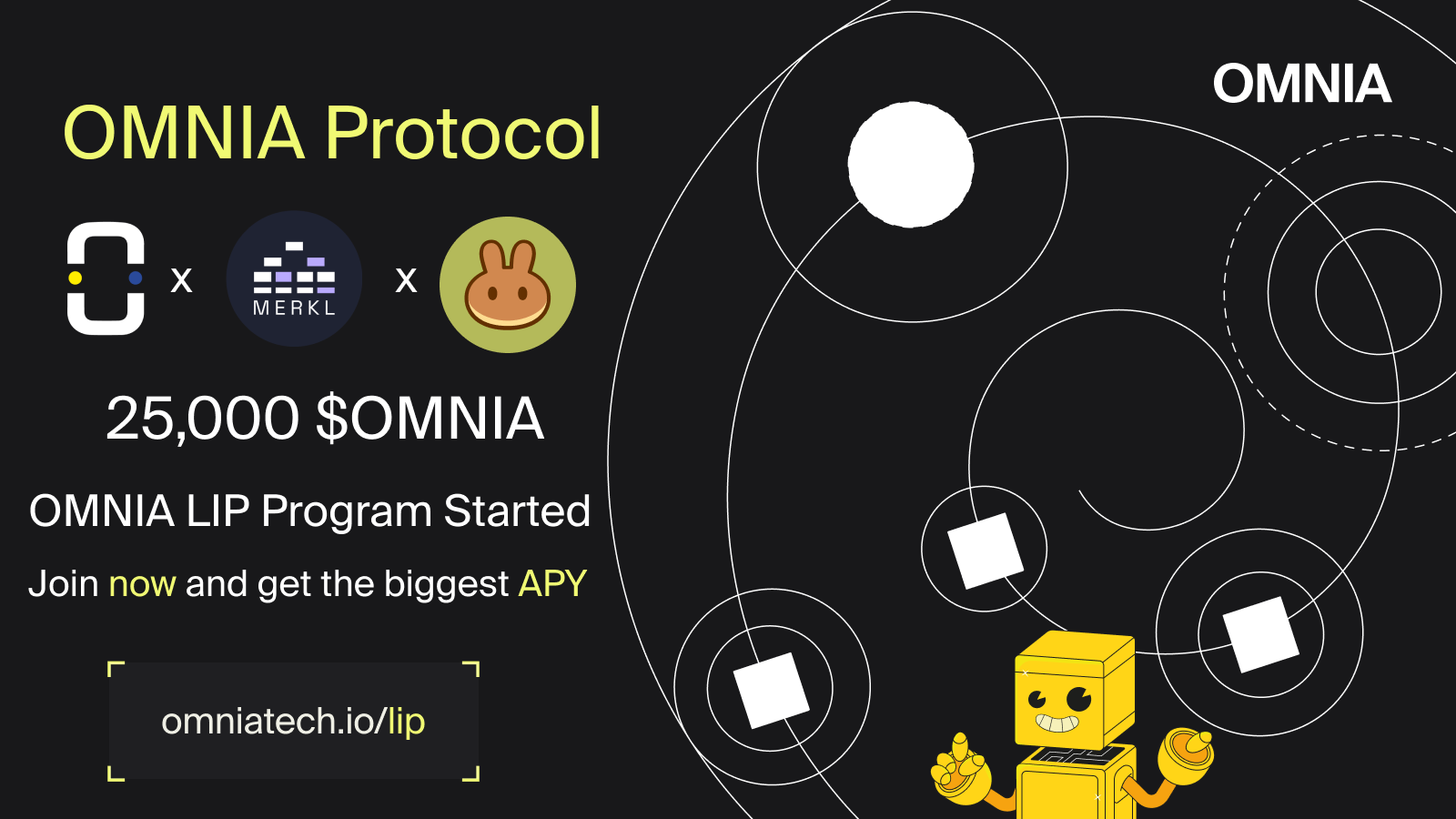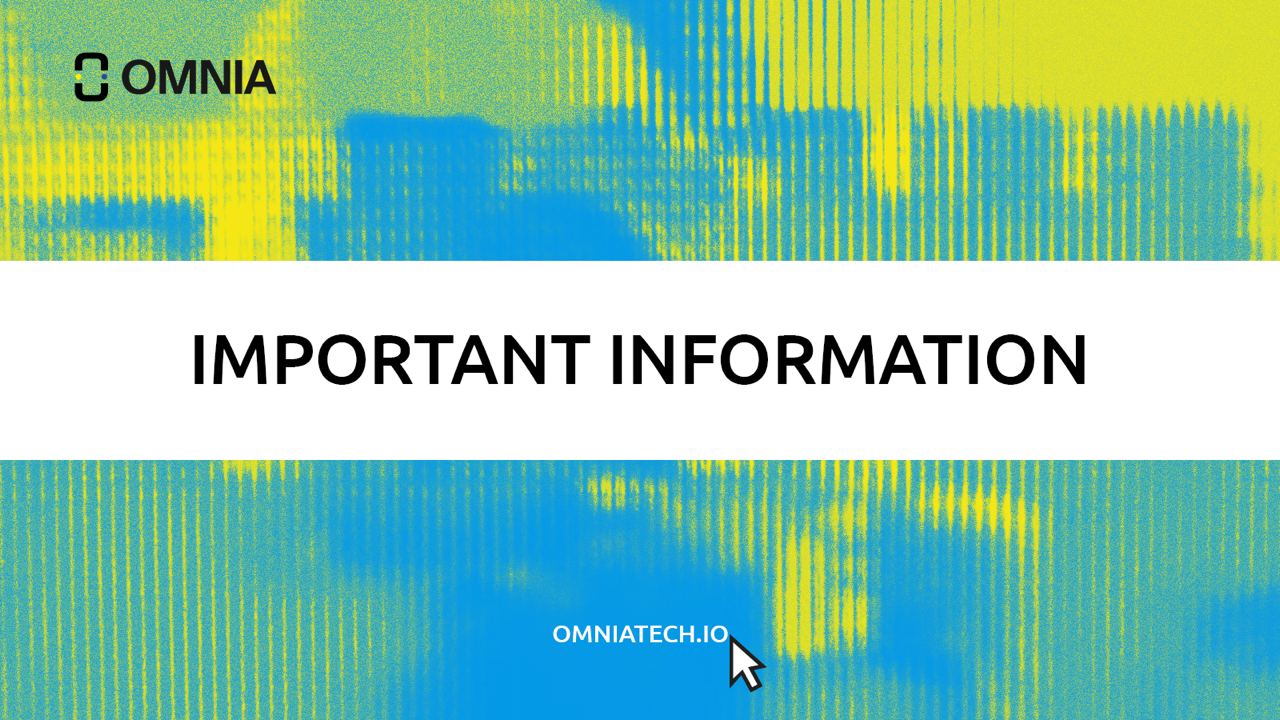
What is NFT Frontrunning?
In traditional financial, front-running is the practice of early entry into a trading position with prior non-public knowledge that a larger pending transaction will be executed. The target transaction is already known to have a potentially significant impact on the value of the asset being traded.
Although illegal in mainstream financial markets, front-running is rampant on the blockchain, particularly in decentralized exchanges and NFT trading.
Concerning NFT trading, front running can be carried out through the following two methods.
- Buying NFTs in the open market with prior information regarding an announcement, partnership, or news that could positively benefit a particular project
- Using blockchain data to insert an NFT order before another in a bid to sell the NFT immediately or later, at a higher price
1. NFT Front-running through insider trading and information
The first type of NFT front-running involves an individual or group of individuals buying an NFT in advance based on early information such as a development update, a partnership, a funding update, a listing on a new platform, or a celebrity announcing a purchase of a specific type of digital collectible.
One good example is the September 2021 case at OpenSea, whereby one of the platform’s employees bought digital collectibles (NFTs) that they knew would soon be featured on the platform’s front page. The said employee then waited for the FOMO associated with a front-page listing to sell to unsuspecting investors at a significant profit.
Another example was when 14 Ethereum addresses with no NFT history purchased 159 Meebits between March 5th and March 11th, 2022. The purchases were right before Yuga Labs acquired the entire Meebit collection from Larva Labs.
In this scenario, the digital collectibles were purchased at a lower price before a significant announcement was made. Yuga Labs acquiring Meebits consequently raised the floor price of the NFT collection.
2. Using Blockchain Data to Place NFT Orders Ahead of Others
The second type of front-running occurs when a malicious actor, either a miner or a trader, utilizes publicly available blockchain data pertaining to pending NFT orders to purchase the NFT in question ahead of another trader. The malicious actor then lists it back in the market immediately or later to make a significant profit.
An example of such a possibility was demonstrated by the team at HOPR by using Metamask to illustrate how the popular Ethereum wallet leaks information about NFT orders. Malicious traders can, in turn, utilize the data to front-run other traders.
In particular, the example shows how someone can use HOPR’s DERP tool to figure out the estimated ETH gas price of an NFT trade, then proceed to front-run it by quoting a higher transaction fee. The DERP tool can also be used to identify additional NFT metadata, such as its owner’s address and transaction history.
However, the DERP tool has not been built with the sole intention of spying on NFT traders but rather to provide regular blockchain users with the tools necessary to watch and investigate potential frontrunners and malicious actors on the blockchain.
HOPR’s founder, Dr. Sebastian Bürgel, further explains that the DERP tool ‘replicates the functionality of a standard RPC (remote procedure call) provider, making it painfully transparent how careless today’s crypto services are, with your metadata.’ Furthermore, DERP allows you to see in real-time, ‘how much information is requested from third parties every time you use a crypto service.’
The publicly available metadata can also be used to program a trading bot that automates the frontrunning process highlighted above. Such bots can automatically compete for an NFT trade by quoting a slightly higher gas fee in a fraction of a second, successfully front-running the manual trader on the other end.
How to Prevent NFT Front-running
One can easily conclude that NFT front-running cannot be prevented, given the public nature of blockchain networks. But the following solutions exist to mitigate the practice.
- Intentionally paying higher gas fees
- Utilizing private mempools
a. Intentionally paying higher gas fees
The simplest method of combating NFT front-running is overpaying on gas. In such a scenario, the transaction is prioritized by miners, and chances of being front-run are reduced.
This method is based on the fact that NFT transactions with lower fees are stuck in the mempool of pending transactions and can be easily identified by front-running bots and malicious miners or traders.
b. Utilizing Private Mempools
Another method of mitigating against NFT front-running is the use of private mempools. Mempools, or memory pools, are publicly available logs of unconfirmed or pending transactions on the blockchain.
The OMNIA Protocol boosts users’ privacy by leveraging private mempools with private endpoints between users and miners. The private mempools are a paid service geared towards blocking bots and malicious individuals from accessing transactional information that can be utilized to front-run NFT trades.
Additionally, OMNIA has collaborated with Flashbots, a research and development organization working on mitigating the native externalities of MEV (The maximal extractable value or miner extractable value is the maximum value that can be extracted from block production by reordering, inserting or censoring transactions in the blocks being produced.)
Flashbots’ primary focus is to enable a permissionless, transparent, and fair ecosystem for MEV extraction to preserve the ideals of decentralized blockchains such as Ethereum’s. MEV currently requires significant data analysis and in-depth knowledge of smart contracts, and the project’s work is based on democratizing access to MEV.
The adoption of a neutral, public, open-source infrastructure for MEV extraction could change the game as it currently is, making frontrunning a thing of the past and effectively improving the efficiency of every transaction.


